How to Grow Bulbs in Pots: A Beginner’s Guide to Bright Blooms in Small Spaces

Bulbs are a bit like nature’s lucky packets - plain on the outside, but bursting with surprises inside. Plant one, give it a little love, and suddenly… colour, scent, and life appear as if by magic!
Bulbs have been winning hearts over for thousands of years, from ancient gardeners in Egypt to the famous tulip craze in Holland. And honestly, it’s easy to see why: You don’t need a huge garden (or even a garden at all); a sunny windowsill, a patio pot, or a cosy corner indoors is all it takes, to enjoy the bounty that bulbs have to offer.
Bulbs are low-maintenance overachievers. They quietly get on with growing while you get on with life, and many will even multiply so you can keep them forever or gift a few to friends.
In this guide, we’ll cover the basics: what bulbs are, how to pot and care for them, how to enjoy them indoors, and a dash of history so you can feel smug knowing you’re part of a centuries-old tradition. Ready to bring some bloom power into your space? Let’s dig in.
Bulbs, Corms, Rhizomes & Tubers - What’s the Difference?
Bulbs are an underground storage organ, utilised by some plants to store nutrients and energy. This storage organ allows the plant to survive through tough seasons – cold winters, boiling hot summers and droughts – only to burst back into growth when conditions are favourable again. While gardeners often call many different plants “bulbs”, only true bulbs (like tulips and daffodils) have a layered structure, a bit like an onion, wrapped in a protective papery skin. Other plants with similar underground stores, such as corms, tubers, and rhizomes, work in slightly different ways – they have their own distinct designs and growth habits. While they may look similar above ground, knowing which one you’ve got makes all the difference when it comes to planting depth, feeding, and dividing.
Here’s a quick guide to the four main types, each with its own shape, growth pattern, and seasonal rhythm:

What are Bulbs?
True bulbs are nature’s little energy-packed packages, made up of layers of fleshy scales wrapped around a basal plate where roots grow; think of an onion, which is also a true bulb. Inside, a complete miniature plant waits patiently to burst forth when the conditions are right. Tulips, daffodils, hyacinths, and amaryllis, these are all classic bulb favourites for adding seasonal colour indoors or outdoors.
Bulbs usually bloom in spring or summer, depending on the variety, which also guides you on when to plant them: spring bloomers generally get planted in autumn, and summer bloomers in spring. After flowering, bulbs push out leaves that soak up sunlight to feed the bulb for next season’s show, so resist the urge to cut back the foliage too soon! Leaving leaves until they yellow naturally allows bulbs to store enough energy to multiply underground, creating offsets called bulblets. These are your ticket to growing your collection or sharing the joy with friends.
Feeding-wise, a little bone meal or balanced fertiliser at planting supports their lifecycle, and minimal feeding afterward is usually enough. Bulbs are fuss-free beauties that just keep giving.

What are Corms?
Corms are similar to bulbs but are actually solid, starchy underground stems rather than layered scales. They serve as storage organs for plants like gladiolus, crocus, and freesia. Unlike bulbs, corms don’t have layers, think of them more like a dense, fleshy nugget packed with energy.
Each growing season which is plant dependent, the original corm slowly dies off as a fresh new one forms on top or beside it, often with small “cormels” (mini corms) attached. These little offshoots are a wonderful way to propagate your plants. Corms usually flower once per growing season, then go dormant until the next cycle. They often need well-draining soil and may benefit from a balanced fertiliser when planting and growing.

What are Rhizomes?
Rhizomes are thick, horizontal stems that grow just below or on the soil surface, sending out roots and shoots from nodes along their length. Plants like irises, canna lilies, ginger and, surprisingly, calathea. They spread this way, which means they can gradually take over a garden bed if not divided regularly.
Because rhizomes spread sideways, they’re fantastic for filling in spaces, but they need dividing every few years to keep plants healthy and flowering well. Plant the rhizomes shallowly, with the growing points just covered by soil. Feeding them is similar to other perennials - a light application of balanced fertiliser during active growth will keep them happy.

What are Tubers?
Tubers are swollen, fleshy roots or stems that store nutrients and feature buds or “eyes” that sprout new growth. Classic tuber plants include dahlias, potatoes, Caladiums and Begonias. These storage organs vary in shape and size, often lumpy and irregular.
Tubers usually grow during warmer months and, in colder climates, need to be lifted and stored frost-free over winter to survive. When planting, place tubers with their eyes facing upward. Feeding during the growing season with a balanced fertiliser encourages robust blooms and healthy roots. Tubers can also be divided by cutting into sections with at least one eye each - a great way to propagate and expand your garden.
Top Tip: When dividing bulbs, corms, rhizomes, or tubers, you can prevent rot and fungal growth by dipping the cut sections in a mild copper soap solution (diluted as per label directions). Alternatively, allow them to air-dry before replanting. Always wear gloves when handling copper products.
Bulb-Gardening Terminology
Now that you know the basics about bulbs and their counterparts, let’s get familiar with some common terms. Getting to know these terms will make the rest of this guide easier to follow. Plus, they’ll come in handy whenever you dive into more bulb research or chat with other bulb enthusiasts:
-
Forcing: is a gardening technique that gets bulbs to produce flowers earlier than they normally would. This is usually done indoors during winter or outside of the usual flowering season. Like with orchids, growers use this method to produce flowers that are frequently sold in grocery stores all year round. The way this method works is by giving your plants a cold period, either a few days in the fridge or somewhere cool, and then placing them in a warm spot. This tricks them into thinking spring has arrived and sets them into growth and flowering.
-
Chilling period: Spring bulbs need a certain amount of exposure to the cold temperatures to trigger growth. This mimics their natural lifecycle, whereby they are dormant in the winter, and as the earth warms, they wake up and start to become ready to flower. Without this step, some bulbs will not follow through; hence, popping them in the fridge, as mentioned in forcing, especially in hot climates, can encourage growth.
-
Hardy vs. Tender: Hardy bulbs, as the term describes, are super tough and will survive winters outdoors, even in places with snow and frost. Tender bulbs are delicate and prefer much warmer temperatures. This means that during winters where temperatures can get down to the minuses, tender bulbs will need to be dug up and stored indoors. They are usually placed in a dry, dark spot during the winter to avoid damage and rot. Being aware of what type you have will help you manage them through the changing seasons.
-
Offsets: these are little growths that your bulb will develop; think of them as clones of themselves. These grow up and become new plants. This is fabulous because as they get larger, you can separate them from the main bulb and extend your collection or gift them to friends and family.
-
Succession planting: This is a creative way of planting your bulbs. With this method you plant your bulbs at different levels depending on their growth habit, so when one batch finishes flowering, another is ready to start. Succession planting is a fabulous way to play with colour and textures, allowing you to keep your patio, balcony or garden looking vibrant and interesting for longer periods, instead of having a everything bloom once off, and having to start again.

A Brief-ish History of Bulbs
Bulbs have been part of human life for thousands of years, prized not just for their beauty but also as food and for their role in traditional medicine. Their clever underground stores made them reliable in both the garden and ancient kitchens. This mix of usefulness and beauty has made bulbs prized objects of trade, admiration, and sometimes outright obsession across cultures and centuries, from ancient civilisations to today's global horticultural scene. So, let's dig in and follow their growth pattern from humble beginnings to worldwide fame.

Early Beginnings (<3500BCE - 500CE)
Bulbs have been used throughout history for a large variety of purposes. It is thought that Saffron Crocus was the first cultivated and traded flowering bulb, grown for over three millennia by the Greeks, Persians and many other cultures in the Mediterranean and nearby continents; however, the plant is thought to have originated near Greece, Iran or Mesopotamia. Both the Greeks and Romans often used bulbs in their mythology and were known to grow bulbs for both decorative and ceremonial purposes.
Early Egyptians (1500+ BCE) saw the water lily, especially the blue water lily, which is not a true bulb but a tuber, as a symbol of creation, rebirth and a symbol of their sun god Ra. It was revered and deeply ingrained into Egyptian culture. They were thought to also use the lotus for its psychoactive properties as well as make perfume from it.
Medieval Period (500 - 1500CE)
This was the Islamic golden age, when science was thriving among the Arabs, and it was through them that many ornamental bulbs found their way to Western Europe.

Ottoman Empire Period (1453 - 1566CE)
During this time the Ottoman Empire (now present-day Turkey) was a great time for gardens, with hyacinths, tulips, and many other bulbs extensively cultivated during the Ottoman Empire's heyday. Tulips in particular were said to be encountered by Sultan Suleiman while travelling through the mountains of Kazakhstan during the 16th century. Due to their unbelievable beauty, tulips were used as a symbol of wealth and power, often worn in turbans and featured in artworks as prominent symbols. With the name deriving from the Ottoman Turkish "tülbent" (meaning muslin or gauze), which may ultimately trace back to the Persian word for turban, "delband", due to the flower's perceived resemblance to a turban shape.
The Age of Exploration (17th century)
During the 17th century, when exploration and plant discovery were big business, many bulbs were brought to Europe from various parts of the world. Mexico and South America provided dahlias, tuberoses, rain lilies, and oxblood lily; Africa contributed gladiolus, freesia, and crocosmia; China, Japan, and Korea provided most peonies, many daylilies, tiger lilies, and various other lilies; Asia from Turkey and Syria to Afghanistan and Mongolia, provided tulips, hyacinths, crocuses, bearded iris, regal lilies, Madonna lilies, and Byzantine glads. All very beautiful and striking flowering bulbs.
Eventually, tulips made their way to European courts and reached Professor Carolus Clusius, who established tulip cultivation at Hortus Botanicus Leiden in 1593, the oldest botanical garden in the Netherlands. This set the stage for the Dutch to become the ultimate leaders in tulip cultivation.

Tulip Mania (1633-1637)
And what historical account on bulbs would be complete without the famed "Tulip Mania".
Among these imported bulbs, tulips would create the most dramatic chapter in bulb history. The Tulip Bubble reached its peak between 1633 and 1637, becoming the first recorded asset bubble in history. The most prized tulips were those with vivid colours and unique patterns, often caused by a mosaic virus that resulted in odd, striped, or speckled petals. These virused tulips were unpredictable and difficult to reproduce reliably, and due to this created rarity, it caused them to become extremely valuable.
What then began as a luxury item for the rich quickly spread to commercial trading, with merchants buying and selling tulip bulbs at increasingly high prices. When doubts crept in as to whether prices would continue to increase, the market then collapsed just as quickly, wiping out entire fortunes.

This momentous period really shows our fascination with beautiful flowers and the crazy power of trading markets. This has left tulips forever associated with economic bubbles while cementing the Netherlands' position as the world's bulb cultivation centre.
Fun Fact: The famed tulip variety Semper Augustus was so rare during Tulip Mania that only a handful of bulbs existed - one was reportedly traded for a luxurious canal house in Amsterdam.

The Modern Bulb Trade (Today)
Trade began to change drastically after the bubble burst. This caused the bulb industry to recover, and eventually it grew steadily again. Leiden and Haarlem, now called the Bollenstreek or "bulb region", has sandy soils and mild coastal climates, making them the perfect spots for mass production of bulbs.This led to improved breeding and global trade in the 19th and 20th centuries, making bulbs more readily accessible to common everyday gardeners around the world. Today, the Netherlands still stands as the industry leader in bulb cultivation, exporting millions of bulbs each year.
From ancient saffron crocus fields to your humble backyards, bulbs continue to bring the same joy and wonder they've provided for over three millennia. These wonderful underground gems, whether planted by casual gardeners or emperors, continue to bear witness to our unwavering passion for stunning flowers.

Understanding Seasons for Bulbs
Now that we’ve explored a bit of bulb history, let’s put that timeless gardening wisdom to work! Planting your bulbs isn’t like tossing in a random plant - time really matters. Doing it right gives you a beautiful, dependable display and shows just how much climate affects your blooms.
Bulbs follow their own natural rhythm and need certain temperatures to bloom at their best. Many rely on vernalisation - a fancy word for that cold spell that kickstarts flowering. Once you get the timing down, your bulbs will reward you with a show-stopping display.
- Spring-flowering bulbs (tulips, daffodils, hyacinths): Are best planted in autumn (March–May). These beauties will need winter’s cold to bloom properly - without it, they might skip their show altogether. Think of winter as their prep time for a spectacular spring performance.
- Summer-flowering bulbs (lilies, freesia, crocosmia)S: Plant in the spring (September - November). No cold required; these bulbs just need warm soil and frost-free conditions to grow.
- Autumn bloomers (nerines, amaryllis, and irises): These need to be planted in late summer (January–February). They are often bulbs that prefer the cooler seasons where there is generally winter rainfall or naturally moist periods.

Best Practices for Growing Bulbs in Containers
Follow these steps to support your Bulb growing

Choose the right pot: Go for deep containers with proper drainage holes; sometimes you can even find specialised pots at nurseries for this particular purpose. Bulbs are relatively sensitive and absolutely despise sitting in soggy soil. A waterlogged pot is a fast track to bulb rot.

Choose the right soil mix: Use a very loose, well-draining potting mix to assist with good oxygen flow for strong root development and prevent waterlogging. The best mix is regular potting soil, lightened with coarse sand, bark, or perlite. Though, keep in mind that like any plant, certain bulbs like a certain type of potting soil; e.g. they may come from an arid area and need a more succulent-style potting mix, so do a little research before potting.

Pick your pot material wisely: Terracotta and unglazed clay pots “breathe” and allow moisture to evaporate, which is a fabulous way to avoid overwatering. Plastic pots, on the other hand, hold onto moisture much longer – beneficial if you live in a hot, dry climate and cannot keep up with the watering requirements of your plants. This does have a higher risk; if you tend to overwater. Therefore, exercise caution and opt for terracotta or even unglazed clay.

Give them the right light: The majority of bulbs love full sun or bright, indirect light best. This doesn't just help with creating spectacular blooms, but after flowering, bulbs need to soak up sunlight to photosynthesise and recharge before dormancy. They then store up that energy to fuel next season’s growth. Without enough light, they may bloom weakly or not return at all.

Try container layering (“lasagna planting”): Just like you would layer a Lasagna, consider planting your bulbs in layers for a fabulous ongoing display throughout the flowering season. This will both give you visual interest and make the flowering season last a little longer. Start by placing late-blooming (Usually Autumn) bulbs at the bottom and smaller, early bloomers above them. Then sit back and enjoy the waves of colour as the season progresses.

Mind the spacing: Be mindful of how many bulbs you place in a container. Try not to squeeze them in, and overcrowd the space. Leaving a little bit of space allows breathing room meaning better airflow, less chance of rot developing, and ultimately stronger, more flowers.
Top tip: Rotate your containers every week or so if they’re outdoors or by a window. This helps the plants grow evenly and keeps your display looking balanced and full.
How-To Guide: Planting Bulbs Indoors or in Containers
Planting bulbs is pretty straight forward, but there are a few tricks to getting it just right. Below is a simple how-to guide with a few top tips for growing a successful display of blooms.
Step 1: Choose your Bulbs
This stage starts even before you’ve brought your bulbs home from the store or nursery. When selecting bulbs, which are often in clear or net packaging, be sure to choose firm, healthy bulbs with no soft spots or mould. Be sure to also avoid bulbs that look shrivelled or damaged, as they may not grow well. Check which varieties suit your season and climate - luckily, most bulbs available are sold by season, though those on sale may be the end of the season or the previous season's last stock, so check in on the packaging before purchasing.
Step 2: Select your Pot & Get a Little Soil
Pick a container deep enough to allow roots to spread, generally 15–20 cm for small bulbs and deeper for larger ones. Make sure the pot has drainage holes to prevent waterlogging. Keep in mind that not all bulbs will grow in containers, as they get way too big; thus, the smaller, the better for containers. As mentioned earlier, when selecting bulbs for planters, terracotta or unglazed clay are usually your best choice, as they are porous and breathable, making them perfect for keeping your bulbs and their roots happy and healthy. Though, glazed and plastic will be fine, as long as drainage is good, and you are careful with your watering regime.
When selecting a potting mix, choose something that is relatively well draining and formulated for bulbs or indoor plants. A little added perlite, bark or any other material that will loosen the potting soil without making it too heavy is an ideal choice. The better the drainage with some water-holding power, the better the results.
Step 3: Position the Bulbs
First look at the size of the bulb. A general rule of thumb is to plant 3 times the depth of its size; however, there are some varieties that like to be planted at the surface. So check the packaging for their planting depth indicators before proceeding.
Place bulbs with the pointy end facing up and the flatter, root side down; you can usually see some roots on the base to help you orient your bulbs. Space them close but not touching, as overcrowding can cause rot. Press them gently into the soil so they sit securely.
Bulbs like Ranunculus look a little like fingers or tentacles. When planting these, be sure to place the finger side down into the soil.
Step 4: Cover with Soil and Water
Now top off your bulbs with soil until the bulbs are covered. If you are doing the layering, repeat each stage until your pot is filled. Gently water to settle the soil, and to just moisten the potting mix without making it soggy. Be aware that overwatering at this stage can lead to rot.
Step 5: Bring into the Light
Place your planter in a warm, bright light spot until green shoots appear. Once new green shoots appear, move the pot to near a bright windowsill or a lovely sunny spot. Keep the soil slightly moist and rotate the planter a quarter turn occasionally so the stems grow straight.

How to Care for Your Potted Bulbs
Watering
Keep your bulbs' potting mix lightly moist without oversaturating the mix. Checking in regularly enough to only allow the top 5 to 6cm to dry out before watering again. Even moisture allows the roots to develop strongly, where dry spell can lead to weak growth.
Light & Temperature
Most bulbs like a bright spot with indirect sunlight until they start to shoot. Once they’re growing pop them in a spot where they will get a few hours of sunlight, but make sure it isnt so harsh that it leads to scorching. Rotate the pot occasionally so the stems don’t lean toward the light.
Keep them warm or at average room temperatures for best results. Avoiding cool drafts or excessive temperature fluctuations where possible.
Feeding
Once shoots are a few centimetres tall, feed every 2–3 weeks with a balanced liquid fertiliser. This helps the plant grow strong stems and vibrant flowers. Stop feeding once the flowers start to fade.
After Flowering
Remove faded flowers to prevent the plant from using energy on seed-making, you would rather have them put this energy into making bulb offsets in the soil, for future healthy plants. Keep watering until the leaves yellow and die back naturally - this allows the bulb to store energy for next year. You can then dig up the bulbs, pop them in a brown paper bag, and store them in a cool, dry place or leave them in the pot, pop them in a cool dark spot, if the variety allows.
Top 7 Bulbs for Beginners for Small Spaces
Whether you’re new to gardening or working with a balcony, patio, or sunny windowsill, bulbs are one of the easiest ways to enjoy big rewards in small spaces. They bring colour, fragrance, and texture into your home with very little effort. Here are seven beginner-friendly bulbs that thrive in containers while adding beauty and character to plant arrangements.
Top Tip: Safety First: Be sure to read up on each variety whether it is safe to keep around pets and children.

Amaryllis (Hippeastrum)
Amaryllis is a popular celeb in the bulb world - bold, glamorous, and impossible to ignore. From the moment its thick stalk pushes skyward, you know something special is coming. And when those trumpet-shaped flowers finally open, whether in deep velvety red, candy-striped pink and white, or glowing pure white, they steal the spotlight in any space, be it the office, your living your or pride of place on your patio.
What makes Amaryllis extra special is how easy they are to care for. These bulbs are almost foolproof, making them a dream for beginners. All they need is a snug pot, a warm, bright spot, and some regular attention. Water sparingly at first - too much too soon can make them sulk - but once growth starts, you’ll be amazed at how quickly those towering stems rise. A large bulb can produce anywhere between 2 to 6 individual flowers per stem, and if enough energy is stored, it can produce multiple stems at a time, creating an astounding display.
Their shallow roots mean they’re perfect for containers, and they love being on display indoors, on a sunny coffee table, as long as it's the pride of the place .

Hyacinths (Hyacinthus orientalis)
Hyacinths may be small, but they’re absolute showstoppers when it comes to presence. Their dense flower spikes are packed with multiple star-shaped blossoms, in shades of delicate pastels to rich jewel tones. And then there’s their fragrance - sweet, intoxicating, and strong enough to perfume an entire room. Place a pot of Hyacinths on your desk or kitchen counter, and sense the magic.
These bulbs are wonderfully beginner-friendly. They love a little “wake up call” in the form of chilling (a few weeks in the fridge or a cool spot does the trick). Once that’s done, plant them in soil, or even pop them into a glass jar with just water to encourage quick blooming, it’s up to you on how you’d like to grow them. Place them in a bright spot, don’t let them dry out, and they’ll quickly reward you with their signature upright blooms.
Hyacinths are neat, compact, and perfect for small-space living. They tuck easily into tight bright corners, shelves, and side tables indoors, or cluster beautifully in balcony planters where their colour and fragrance can really be enjoyed on a warm day. With their compact and big impact, Hyacinths are proof that small bulbs can create a huge statement!

Dwarf Daffodils (Narcissus ‘Tête-à-Tête’)
Few plants radiate cheer quite like the humble Daffodil, and the dwarf ‘Tête-à-Tête’ variety brings all that sunshine in a small, dynamite package. Their bright golden flowers seem to smile, popping up just when winter starts to pack up its things. Compact and utterly charming, these little bulbs are like bringing a piece of spring indoors.
Dwarf Daffodils are perfect for beginners because they’re so easy and reliable. Simply pot them up in well-draining soil, keep them evenly watered, and place them somewhere bright, near windows are their favourite. Their small size means they won’t overpower neighbouring plants, making them ideal for groupings in planters or clustered balcony displays. Indoors, they’re equally at home on a shelf or as a cheerful centerpiece. Even better, they come back year after year, giving you a reliable splash of colour each spring.
These bulbs are also pretty resilient. They don’t demand constant fussing, and their compact habit means you can enjoy them even if you don’t have much space. Just a few bulbs will instantly brighten your home or patio with their joyful faces.

Caladiums (Tubers)
Caladiums prove that flowers aren’t the only ones that can bring a pop of colour to your space - foliage can be just as breathtaking. These tropical beauties boast heart-shaped leaves splashed, veined, and painted with colour combinations that look almost unreal: pink and green, red and white, even silvery tones edged in deep emerald. Each variety has its own flair, making Caladiums perfect for anyone who wants something a little unique.
Though technically grown from tubers, not bulbs, Caladiums are beginner-friendly and easy to love. They thrive in warm, moist environments with bright, indirect light. Too much direct sun can scorch their delicate leaves, but give them dappled light and consistently moist soil, and they’ll reward you all summer with a stunning display. Indoors, they add a tropical vibe to corners or tabletops, and outdoors, they bring a playful pop of colour to shaded patios or balcony displays.
Compact in size, Caladiums are container must-haves! You can even mix different varieties in one pot for a playful look. Their lush foliage adds tropical charm and an instant focal point without the need for blooms or for some, allergies.

Freesias (Freesia spp.)
Freesias are delicate charmers that bring fragrance, grace, and a pop wherever they grow. Their arching stems hold a line of funnel-shaped blossoms that come in soft pastels, crisp whites, and brighter jewel-like shades. Best of all, they’re natives of our beautiful country, which means they’re perfectly adapted to thrive here. Their scent is famous - sweet and slightly citrusy, often used in perfumes - and it drifts easily through a room or across a balcony.
These bulbs are beginner-friendly and do fabulously in containers. Plant them in well-draining soil, place them somewhere with plenty of light (a few hours of direct sun is perfect), and keep the soil lightly moist during their active growing season. As the flowers fade, snip them off to encourage more blooms. When they’ve finished flowering, ease up on the watering and let them rest until the next cycle.
Compact and upright, Freesias are excellent for window boxes, balcony pots, or clustered indoor containers. Their size makes them easy to tuck into small spaces, while their fragrance ensures they make a big impact.

Calla Lilies (Zantedeschia)
Here we have another sculptural South African native. Calla Lilies will add a delicate elegance to any space. Their iconic, trumpet-shaped flowers seem to float above lush, often speckled foliage. They are available in an incredible range of colours - from pure white and delicate yellows to rich burgundy, lively oranges, and even near-black shades, ideal for any decor scheme.
Despite their elegance, Calla Lilies are beginner-friendly and surprisingly tough. Compact varieties thrive in containers, and they’re equally happy indoors or on balconies. They prefer a spot with partial shade - too much direct sun can be harsh - and soil that stays evenly moist. Once settled, they bloom generously and keep their flowers for weeks, adding a long-lasting splash of colour with very little effort.
Indoors, they add a refined touch to living rooms, kitchens, or office spaces. Outdoors, they’re just as striking in balcony planters, where their blooms stand tall without overwhelming their neighbours. With their graceful form and easy-going nature, they’re a must-have for anyone wanting a plant that’s both stylish and easy to care for.

Dahlias – Smaller Varieties (e.g. Patio Dahlias)
Dahlias are some of the most popular bulb plants in the world, bursting into colour with blooms that range from neat pom-poms to wild, almost dinner plate sized starry singles. While some grow to towering heights, smaller patio varieties are perfect for container life, letting you enjoy all that colour without the space demands. Their flowers come in nearly every shade imaginable, so there’s always a variety to match your mood or decor.
Don’t let their beauty fool you - Dahlias are beginner-friendly and very rewarding. They thrive in sunny spots, whether on a bright balcony, a sunny patio, or even near a large indoor window. Use well-draining soil, water regularly to keep them from drying out, and feed them every couple of weeks for the best show. Deadheading spent blooms keeps the flowers coming for months, making them one of the longest-lasting performers in any container or garden.
And as a bonus, they’re incredible as cut flowers. Snip a few stems, pop them into a vase, and suddenly you can liven up that dark room with something fresh a natural. Compact yet dramatic, Patio Dahlias are the perfect, versatile bulb for any small space.
Where to from here?
When it comes to Growing bulbs in containers, it is definitely one of nature's simple pleasures that pays off in big, beautiful ways. With just a little soil, a pot, and our step-by-step guide, you can turn your home, patio, or balcony into a bright, happy space with a few simply placed planters. Many bulbs are so beginner-friendly that once you try one, you’ll be hooked. Try mixing and matching different varieties and staggering their planting, and you’ll be sure to have something new bursting into bloom almost year-round. From bold, statement flowers to sweetly scented treasures, container bulbs bring colour, fragrance, and joy right to you – proof that you don’t need a big garden to grow something spectacular.
Ready to give it a go? Send us a photo of your gorgeous bulbs in bloom. We can’t wait to see them.







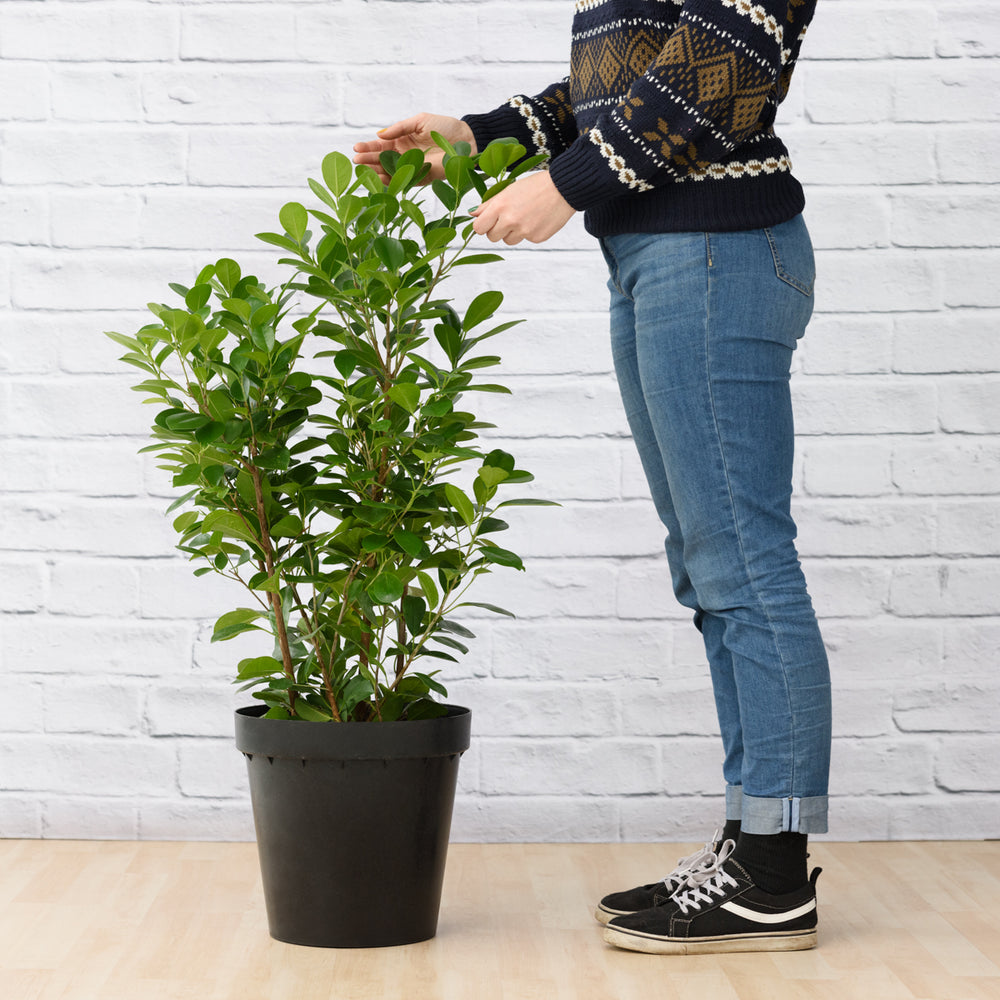
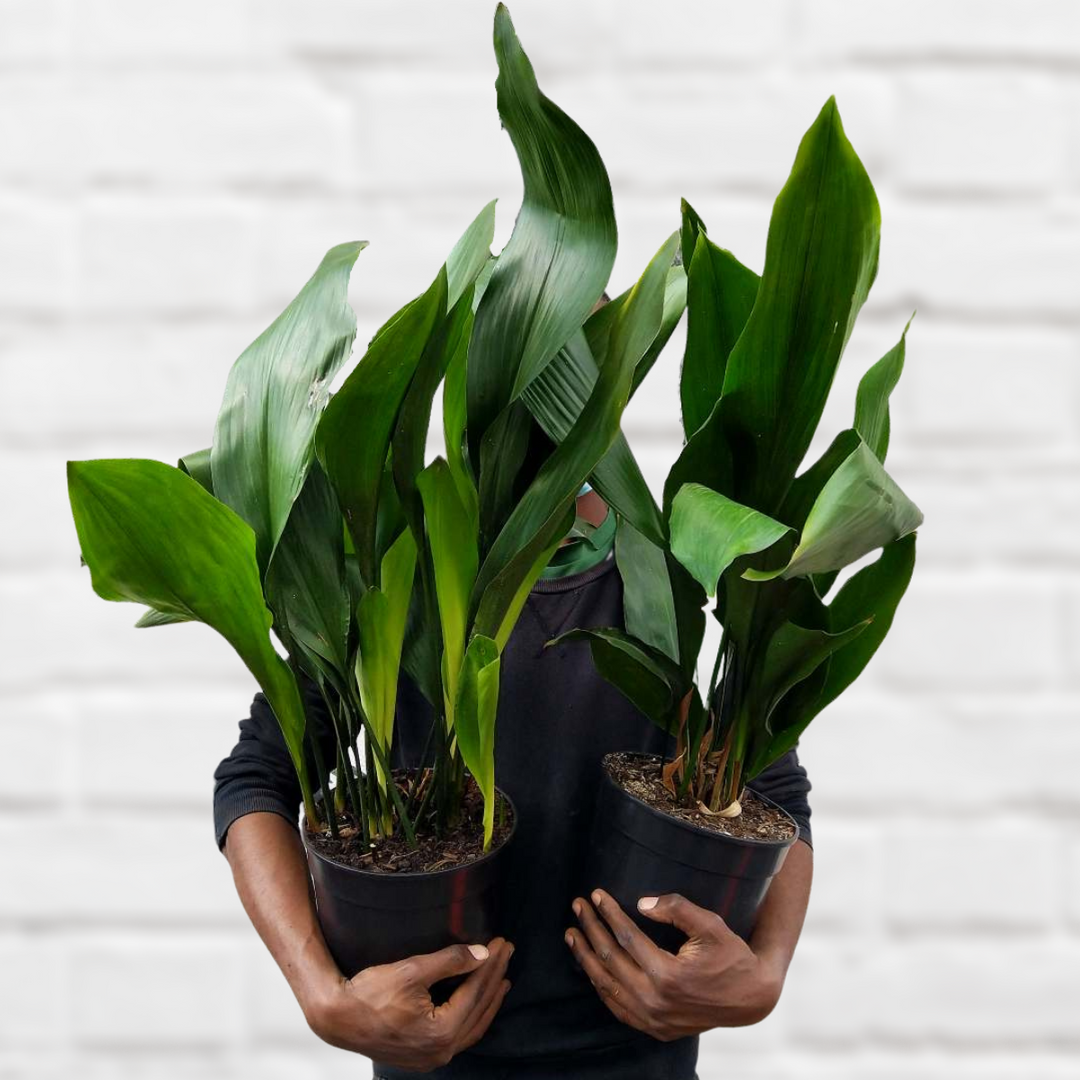
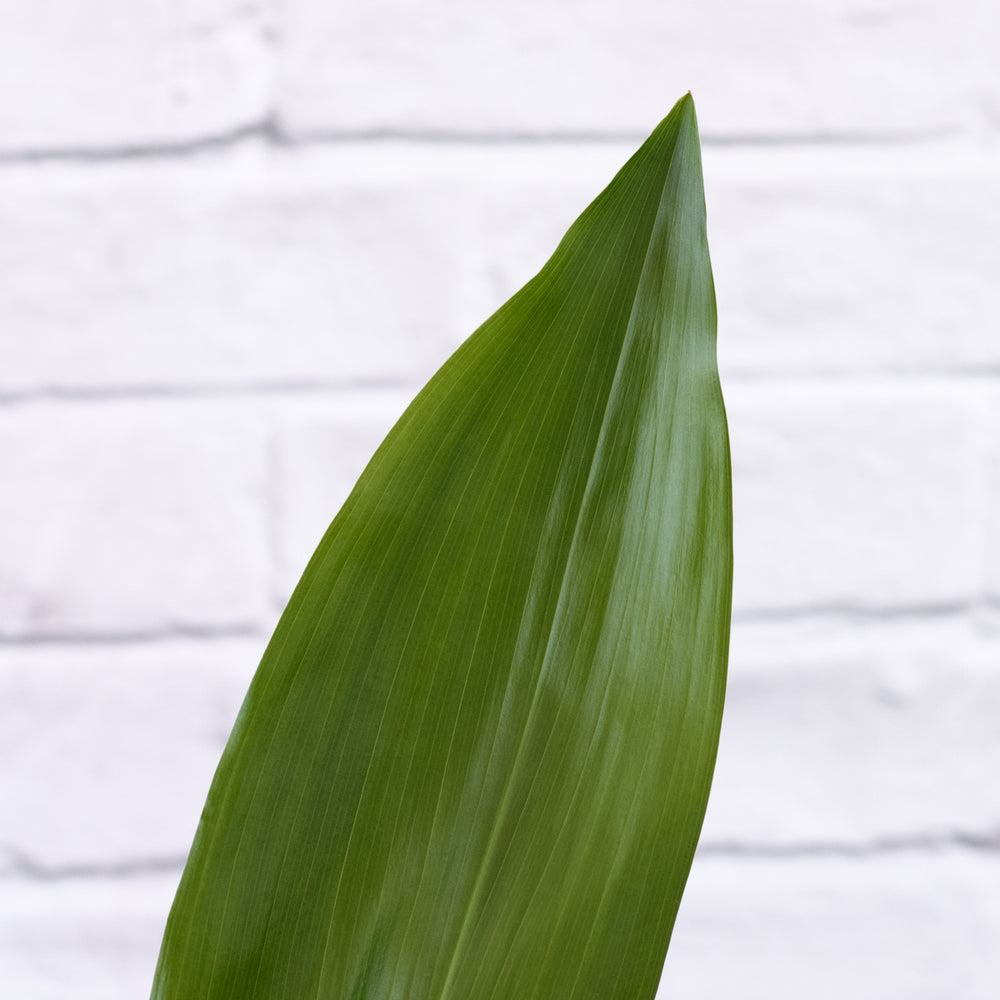

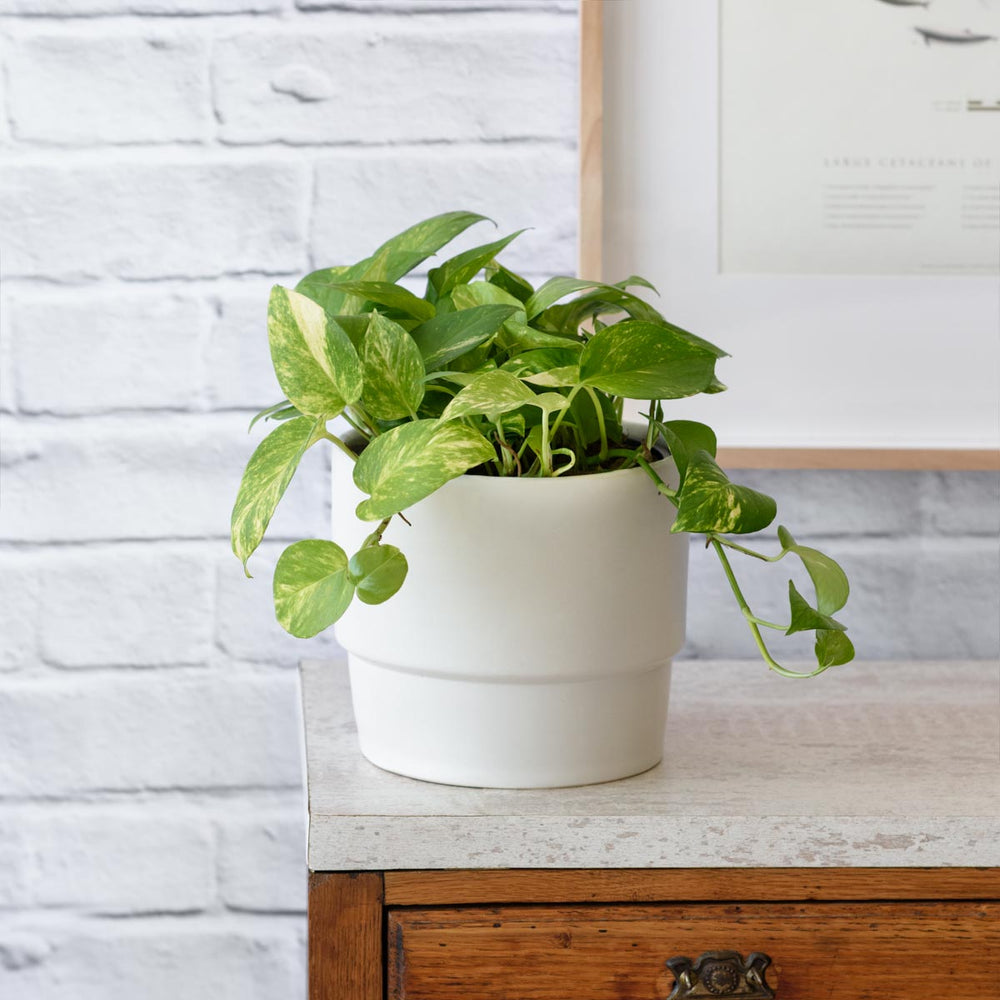
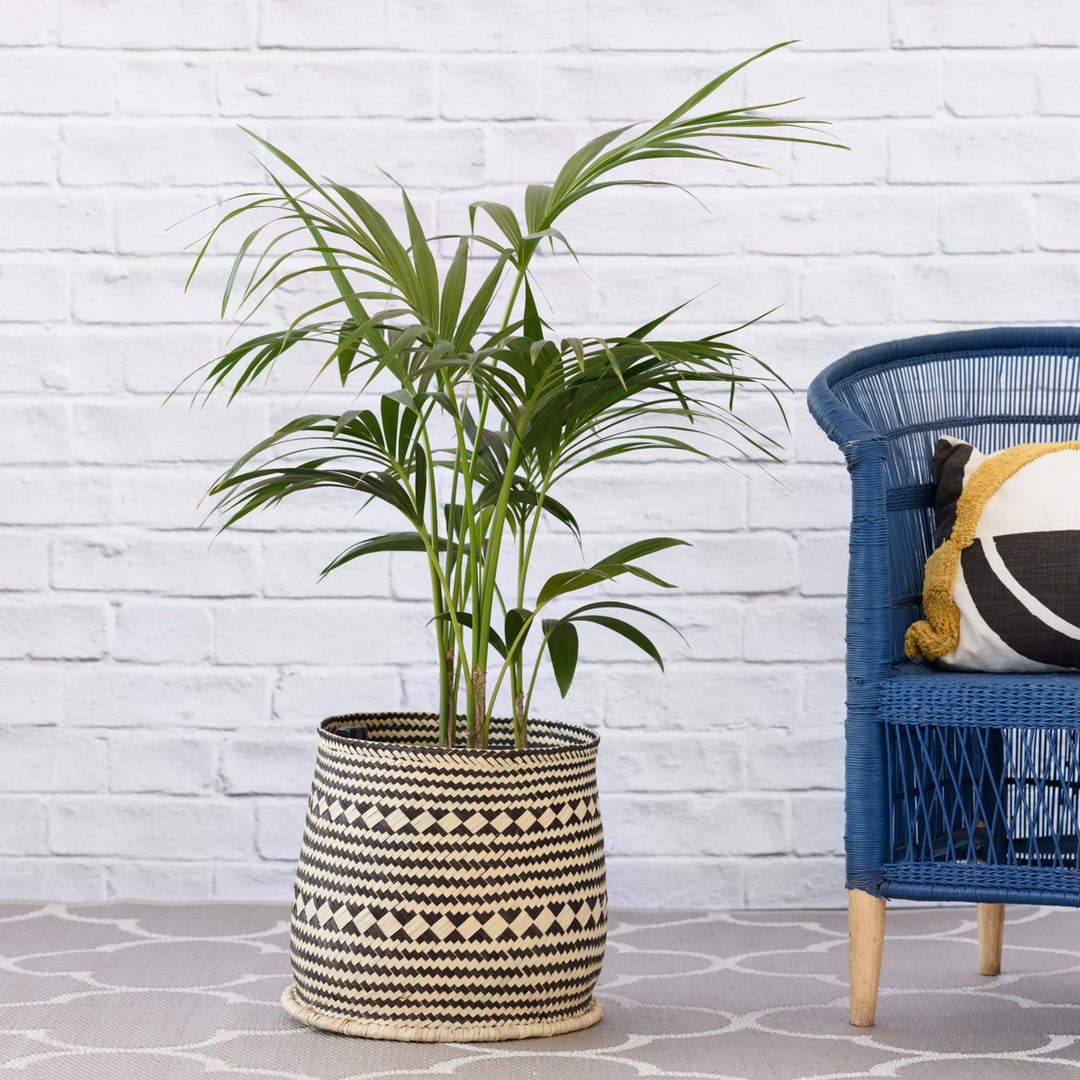
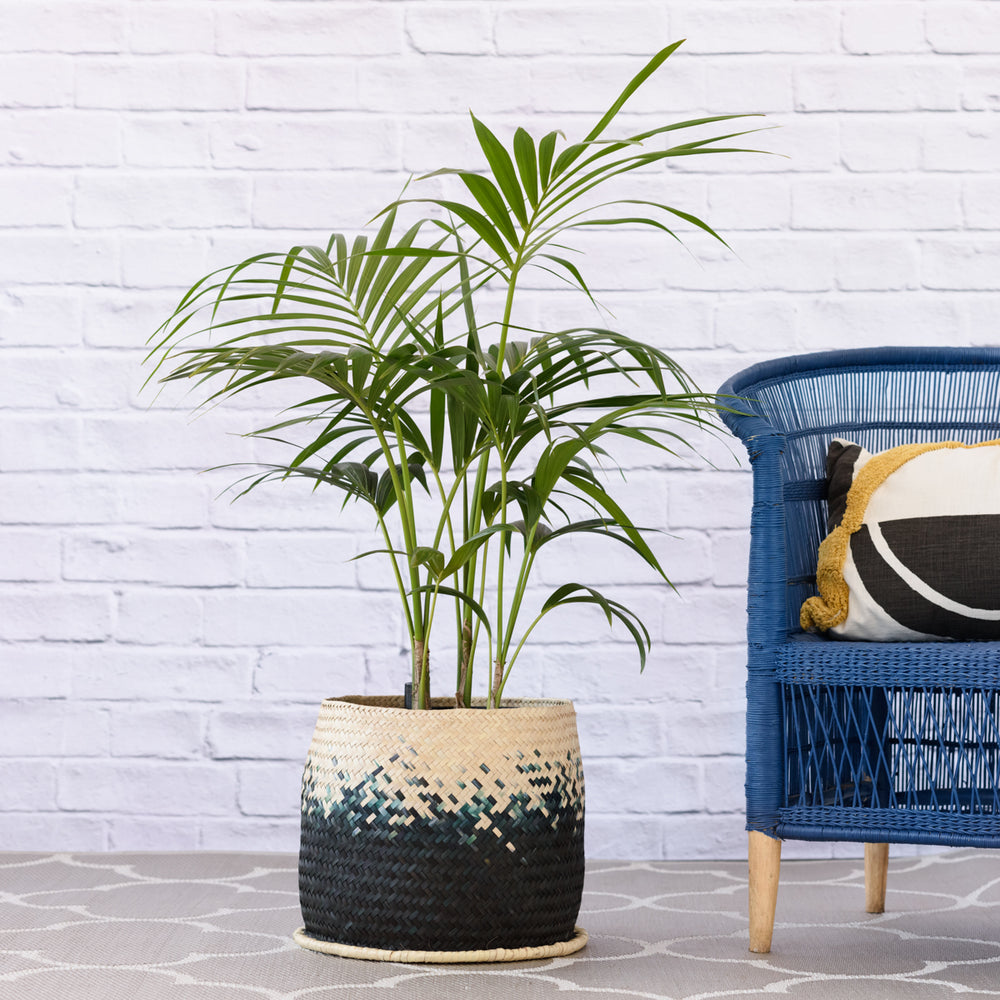
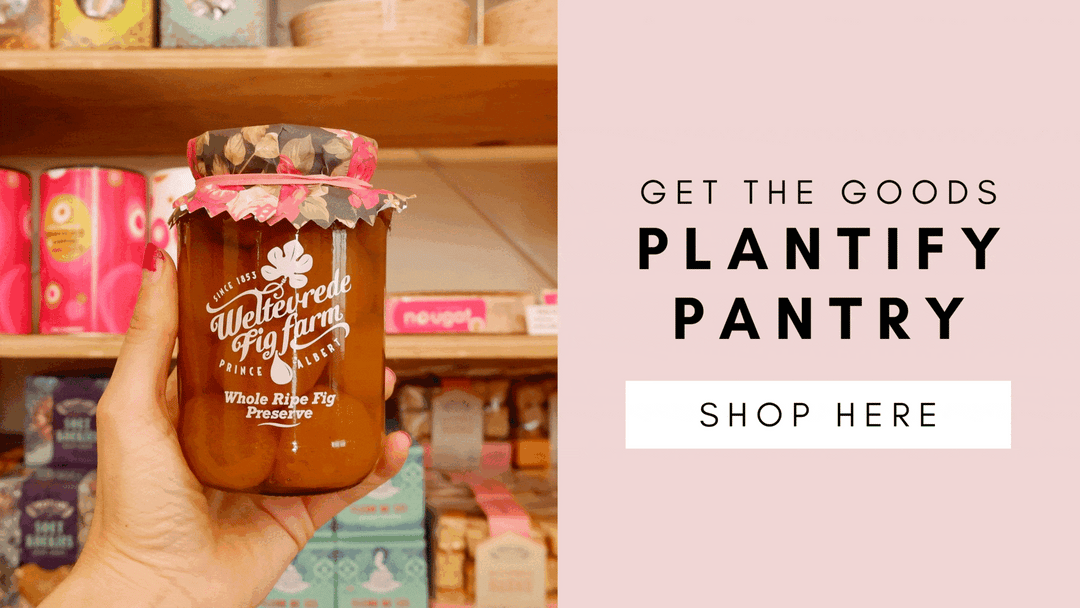
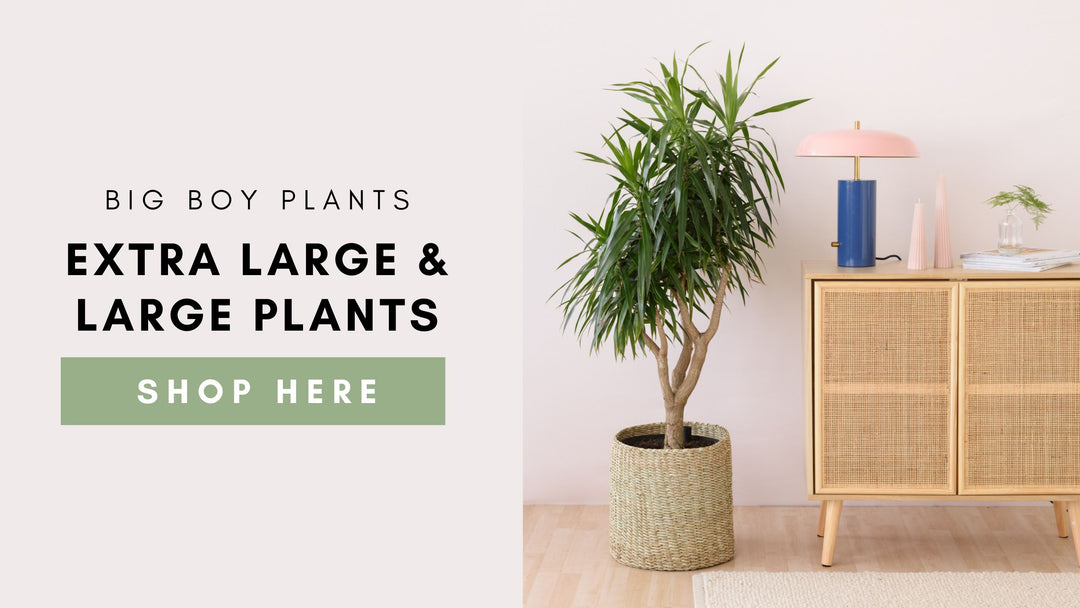
Leave a comment